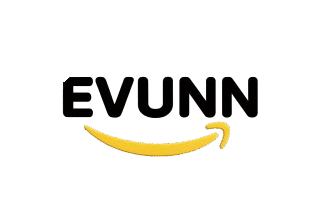It seems we can’t find what you’re looking for. Perhaps searching can help.
Nothing Found
Recent Posts
-
Story Audio September 1, 2025
-
Atom Audio September 1, 2025
-
User P Audio September 1, 2025
-
POC Audio July 18, 2025
-
SB Worksheet July 14, 2025
Tags
